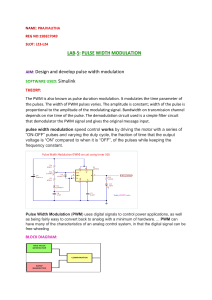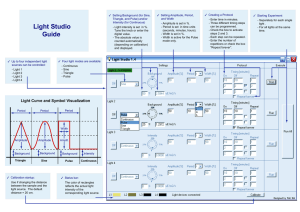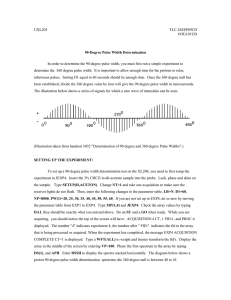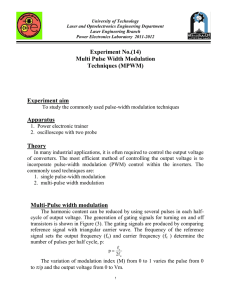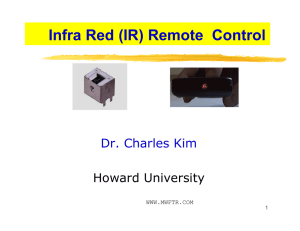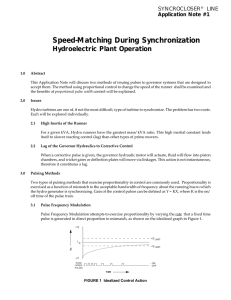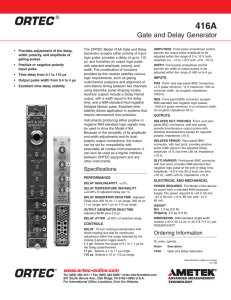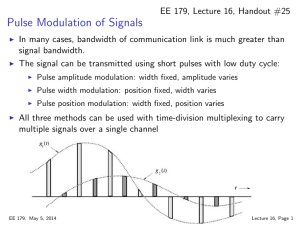Introduction
advertisement
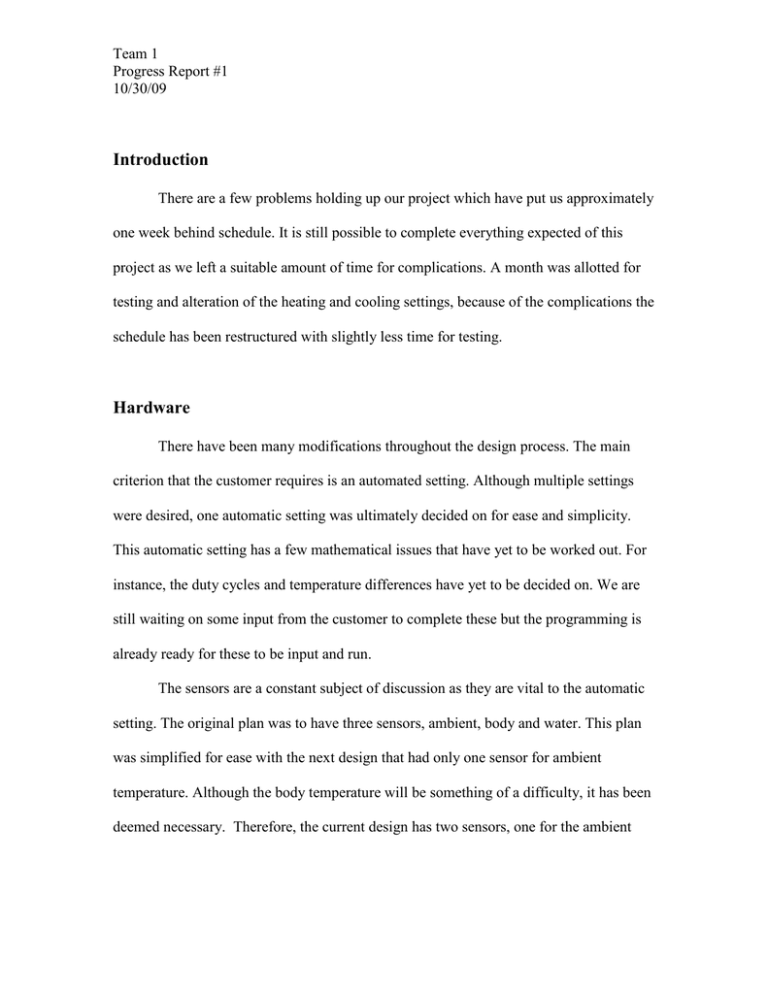
Team 1 Progress Report #1 10/30/09 Introduction There are a few problems holding up our project which have put us approximately one week behind schedule. It is still possible to complete everything expected of this project as we left a suitable amount of time for complications. A month was allotted for testing and alteration of the heating and cooling settings, because of the complications the schedule has been restructured with slightly less time for testing. Hardware There have been many modifications throughout the design process. The main criterion that the customer requires is an automated setting. Although multiple settings were desired, one automatic setting was ultimately decided on for ease and simplicity. This automatic setting has a few mathematical issues that have yet to be worked out. For instance, the duty cycles and temperature differences have yet to be decided on. We are still waiting on some input from the customer to complete these but the programming is already ready for these to be input and run. The sensors are a constant subject of discussion as they are vital to the automatic setting. The original plan was to have three sensors, ambient, body and water. This plan was simplified for ease with the next design that had only one sensor for ambient temperature. Although the body temperature will be something of a difficulty, it has been deemed necessary. Therefore, the current design has two sensors, one for the ambient Team 1 Progress Report #1 10/30/09 temperature and another for the body. Experiments have already been done to find the difference from core temperature and temperature under the arm with a shirt on. After completing the testing on last semesters design, we found that the Peltier device is drawing too much current. The device also leaks water into the system which is dangerous and inefficient. To remedy both of these problems, a new Peltier device has been ordered but has not yet been received. Other components that have been selected but not received include new tubes and a dc to dc converter. The interface and display have not decided on yet. These will be the final adjustment as they are not necessary for the functionality of the system. Complexity will be decided according to our remaining time and resources. Software As for software, pulse width modulation has been implemented with the microcontroller. One of the difficulties arising with the pulse width modulation, though, is an unexpected negative dc offset in the pulse width modulated output signal. As the duty cycle is increased, the offset becomes larger. Another problem being faced is the frequency rate. The system will need to be on or off for minutes at a time. This would require a very low frequency or the system would be switching on or off ever few seconds, for example to achieve a period of even one minute the frequency would have to be .017 Hz. Alternate options are being explored to rectify this, for instance, instead of using the pulse width modulation of the chip a delay loop in the code would be easier to manage the frequency and would also get rid of the negative offset issue. Team 1 Progress Report #1 10/30/09 Budget As expected, we are well within the budgetary confinement. With all of the parts ordered so far we have two hundred dollars left. The only things left to order are the relay, the fabric for the vest, and possibly components for the user interface (LCD or keypad) which will not surpass the remaining total. Conclusion The problems that have arisen have been dealt with promptly which has kept us from getting too far off schedule. The automatic control can still be implemented with time for testing and tweaking provided we continue to troubleshoot efficiently and quickly.
